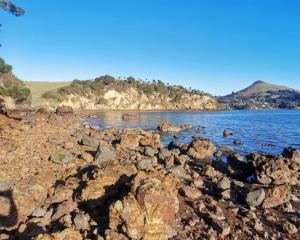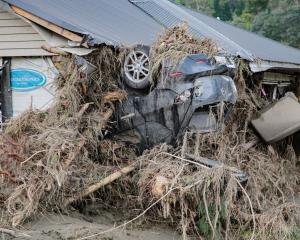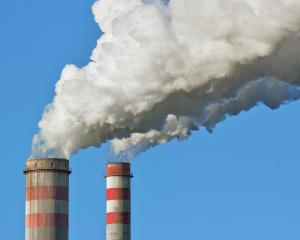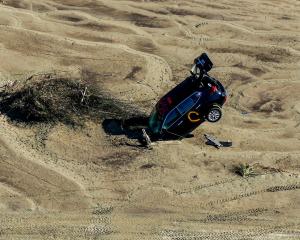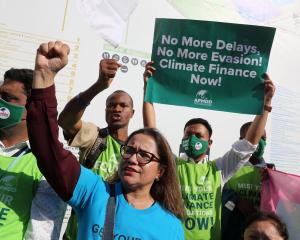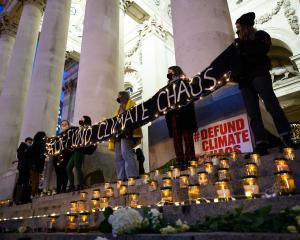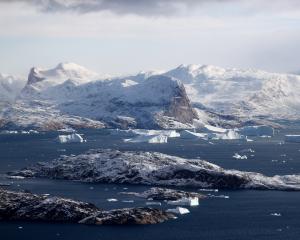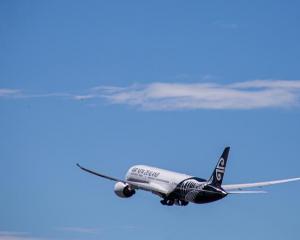
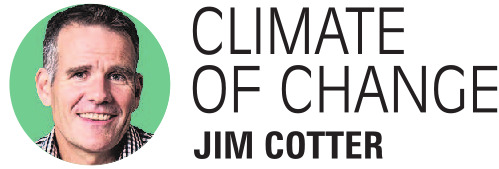
Maybe you bike, walk or jog to work or school or grow a veggie garden for various reasons and you don’t distinguish between PA and exercise. If so, ka pai. But if you’re among the majority who hear the uninvited and unwelcome call to exercise, and you suffer guilt in neglecting it, read on. Some basic concepts will be reassuring, including what we can blame on our genes, why it matters, and what we might consider doing individually and especially societally for sustainability.
Adults are deemed physically active if they undertake at least 150 minutes per week of moderate of PA or 75 minutes per week of vigorous PA. Physical inactivity is considered less than 30 minutes per week of PA. The greatest gains are from the first 30 minutes per week. More is better, but the gains are progressively smaller, and fitness requires more PA than health does.
The World Health Organisation says that reducing physical inactivity can help achieve 13 of its 17 Sustainable Development Goals 2030 as well as the UN goals on climate change. To suggest that PA and exercise are matters of personal choice may be appealing but goes against our biology (among other factors) and our modern reality. Humans, like all animals, are genetically programmed to gain fitness from increased PA, and to avoid it wherever possible to reduce energy requirements. Labour-saving devices therefore appeal, sell, and shape our built environment.
New Zealanders have lost an unprecedented amount of fitness across just one generation; the invaluable Dunedin Study** has revealed that generation to have been 19-36% fitter than their children when compared at the same age, for the type of fitness most relevant to daily life and healthspan. Such a decline bodes poorly for our personal and societal energy dependency, resilience, health budgets, hauora, healthspans and kaitiakitanga.
Exercise (relative to PA) has grown to become the favoured child, typically more visible, time demanding, expensive, attractive, predictable / quantifiable, and yet almost as poorly understood. Exercise enjoys more favour within science, being easier to categorise, quantify and control in research studies, and so to evaluate. Research and teaching have therefore progressively favoured exercise over PA — perhaps inadvertently — when it is actually a simplistic and reconstructed form of the rich PA that shaped us, including our relationship to natural environments.
The re-envisaging of PA as exercise would not be problematic if it wasn’t so deeply inequitable. Exercise is more inclined to cost rather than save resources and greenhouse gases, and thus won’t endear us to future generations or to innumerable other species. Exercise inherently shifts responsibility to the individual, which may be a genetically predetermined dodo as far as population health strategies go. Exercise favours those people with the fewest barriers of time, money, socioeconomic and educational status, self-confidence, and physical and mental disability. Exercise underpins myriad high-profile sports that consume enormous resources by both their stars (in training and competition) and their sedentary TV audiences.
Our loss of fitness occurs insidiously, which self-perpetuates our reliance on machines and technology. We become more disconnected and thus less understanding and empathetic of natural environments.
Regular and varied PA can readily benefit us personally and societally in reducing financial pressures (e.g., commuting), time and guilt (e.g., not having to exercise), traffic congestion and pollution. It also increases protection from developing or redeveloping most of the non-communicable diseases that impair healthspan and consume more than half of modern "health" budgets and the sector’s resource use and emissions. Regular PA and fitness provide an equitable way to increase personal resilience against many environmental stressors, including heat stress, poor dietary behaviours, various microbes and pollutants, and mental stress. If only these interdependent benefits were better understood in science, medicine and public circles alike.
The evolutionary biologist Daniel Lieberman points out that exercise is not destined to be a winning solution to diseases of westernisation, and while PA can be, it must be obligatory, fun, or both. Māori and Pacific knowledge and value systems have much to teach us in this space (e.g., by way of Te Maramataka, Atua Matua, and Tiwaiwaka); we would do well to listen, not least for our children’s sake.
*Fitness is one’s ability tolerate relevant stress, which is normally simplified to mean one’s ability to perform relevant tasks. It includes things like strength, speed, or the rate that your muscles can use oxygen.
**Rest in peace, Prof Richie Poulton, having contributed so much for intergenerational equity.
Jim Cotter is a professor at the University of Otago School of Physical Education.


